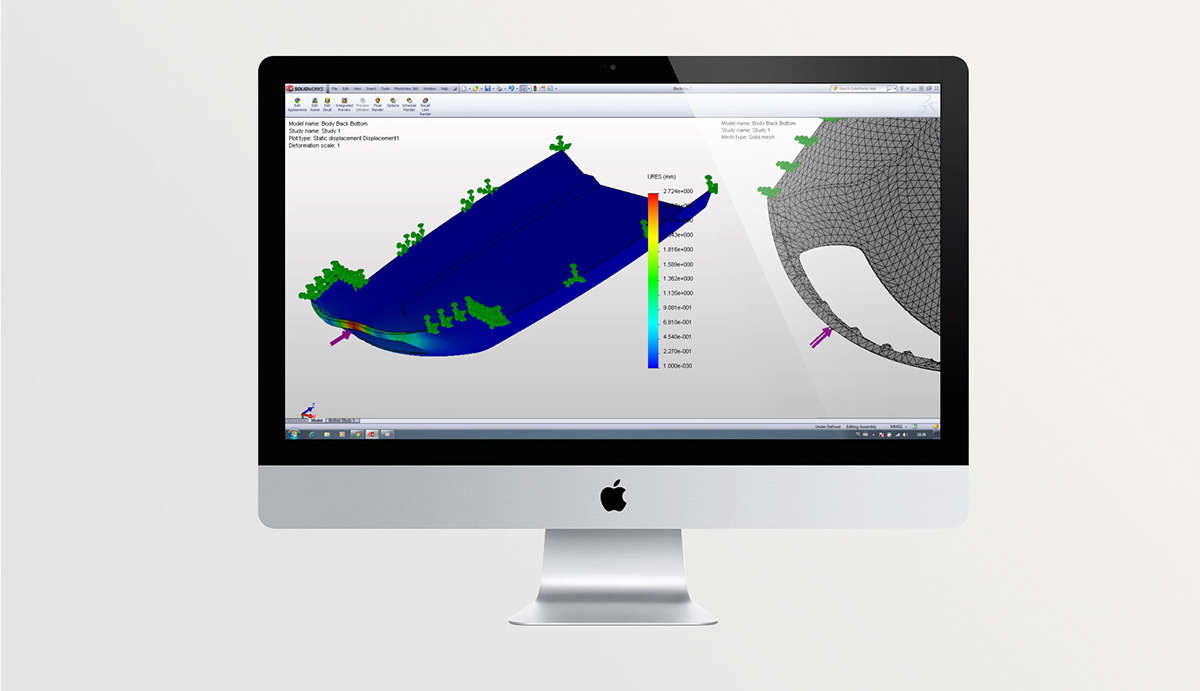Shaping the next evolutionary step for handheld vacuum cleaners.
The AEG Rapido is a battery operated handheld vacuum cleaner which is mainly used for cleaning up dust and small household debits. This project elaborates on the development and reasoning behind a new generation of handheld vacuum cleaners. As a basis for decision making, the theory of product phases by Arthur Eger is studied and applied. In addition to predict the next logical step, trends and new technologies in the field of material engineering, air flow, noise reduction and ease of use are analysed and implemented.
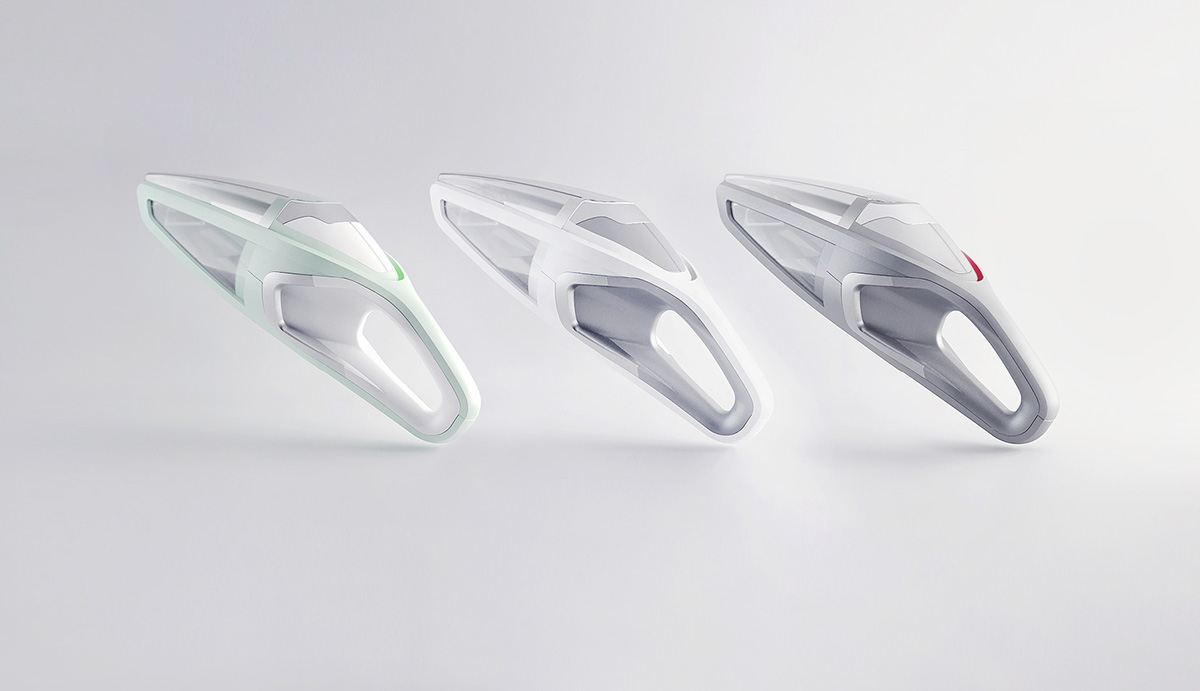


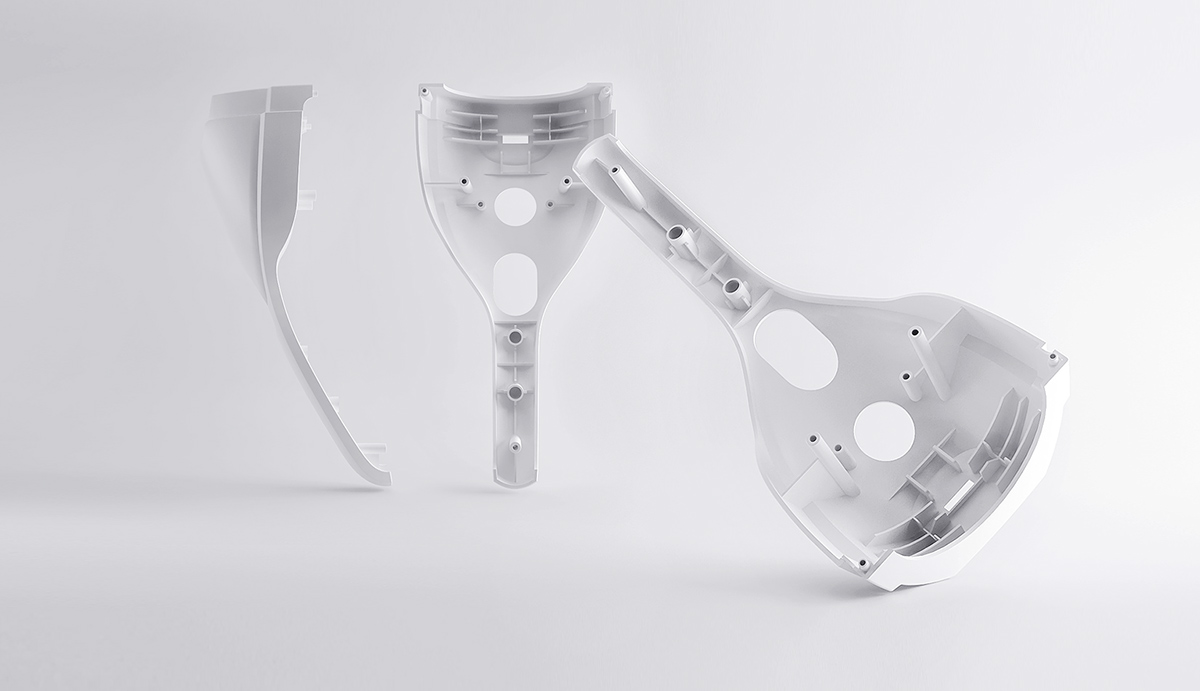

To define the next logical step for the AEG Rapido, the complete history of handheld vacuum cleaners is studied in the first part of this project. With regard to the theory of product phases, we can conclude that its hard to define in which specific product phase the AEG Rapido is currently positioned. Research showed that performance and quality are still major focus areas within the develop- ment process of handheld vacuum cleaners. This is also reflected in recently published consumer guides and online test reports; suction power, weight, product quality
and noise cancellation are still critical topics.
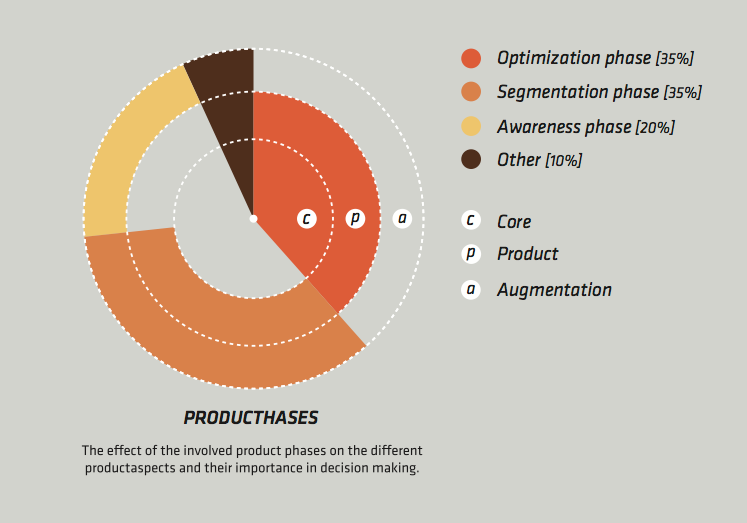
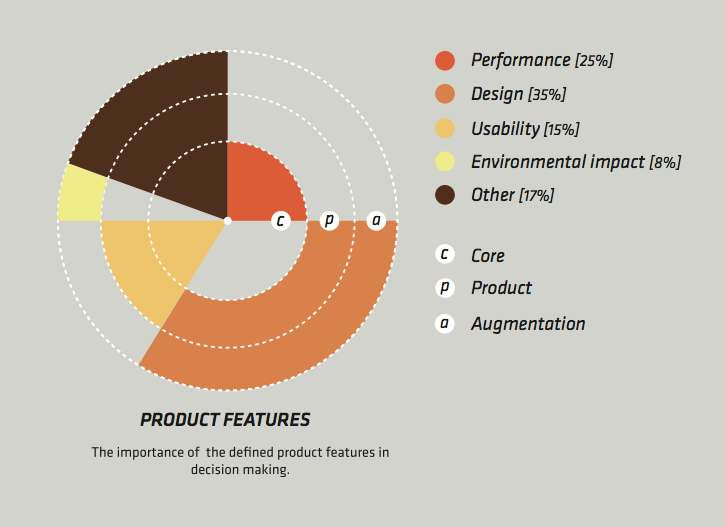
Over time, the evolution of handheld vacuum cleaners is characterized as a gradual process. Since the first rechargeable handheld vacuum cleaner, which followed from technological innovations in the area of charging stations, other major breakthroughs stayed out. By developing slightly improved technologies, new features and a change in appearance, companies try through marketing persuade consumers to purchase these “new’ products. The last few years, improvements can be found in the field of material and surface engineering. Combined with the effect of well chosen color combinations and different features, they try to realize a broad range of products for different target groups.

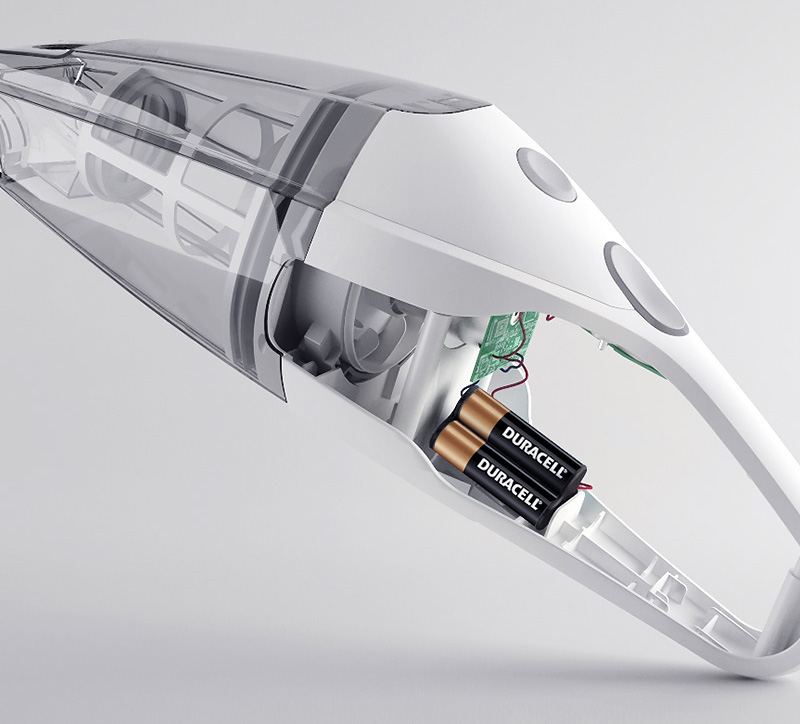

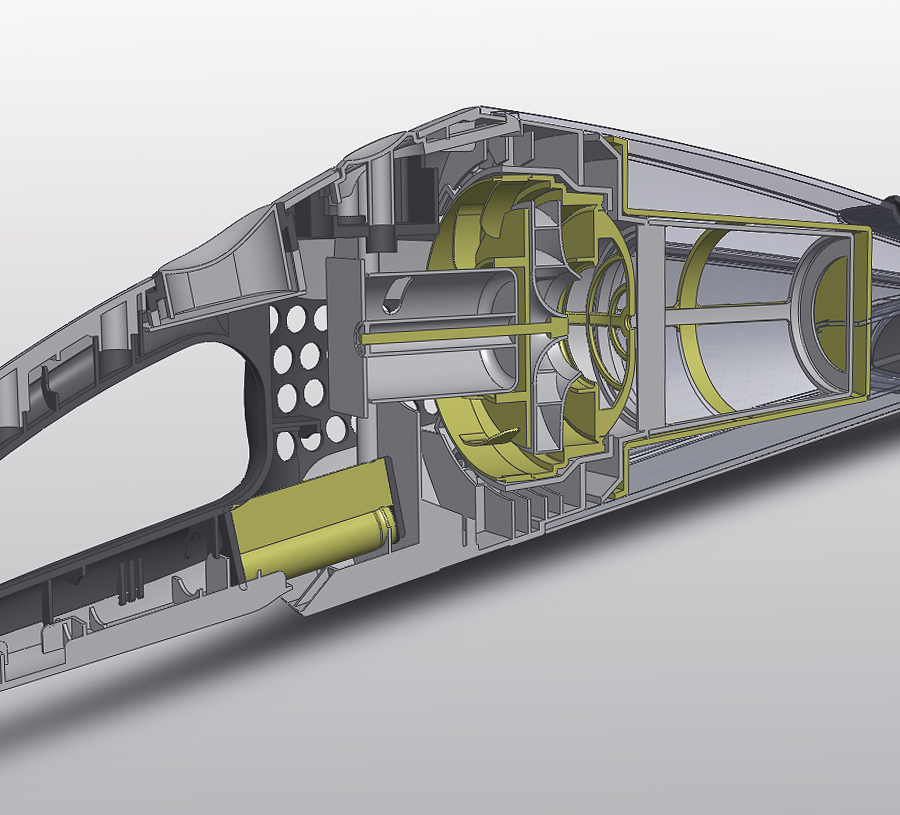
Through shape and color studies, the exterior for a next generation is explored and visualised. Based on the constructed CAD files, a finite element analyse is executed and used for calculating the deconstruction of precarious surfaces during extraordinary use.

Different concept proposals were visualised, all of them with slightly different functionality. Possibilities for displaying remaining battery life or suction power are great opportunities for improving its functionality. In combination with an slightly different design confirm developments in the field of AEG’s vacuum cleaners, this could be plausible evolutionary step.
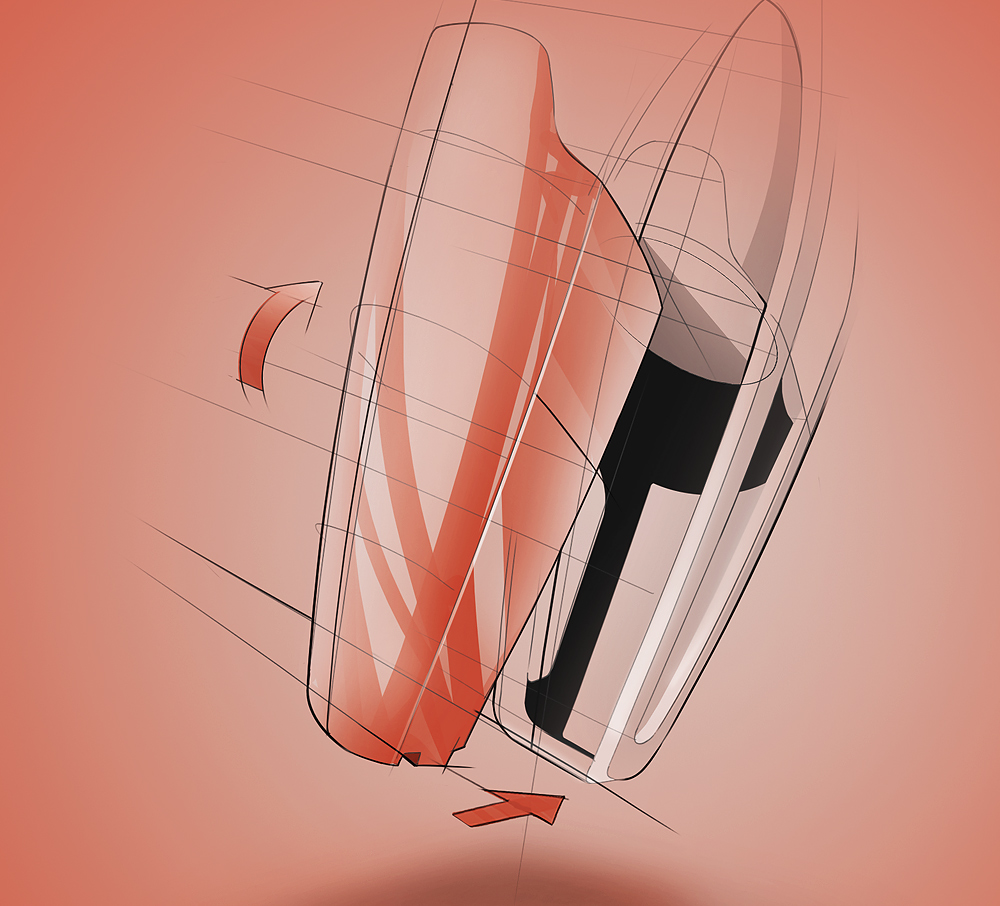

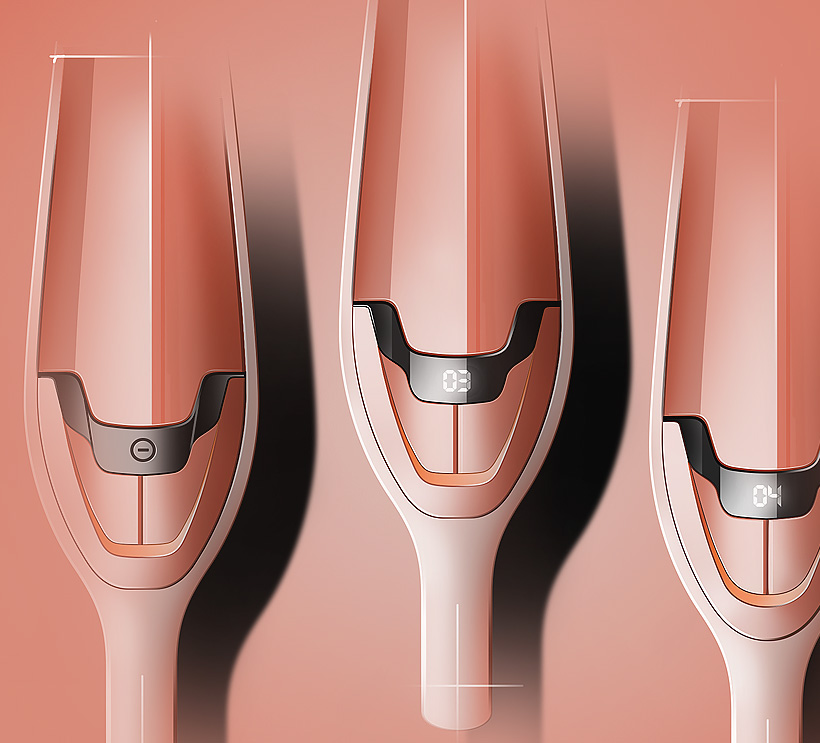

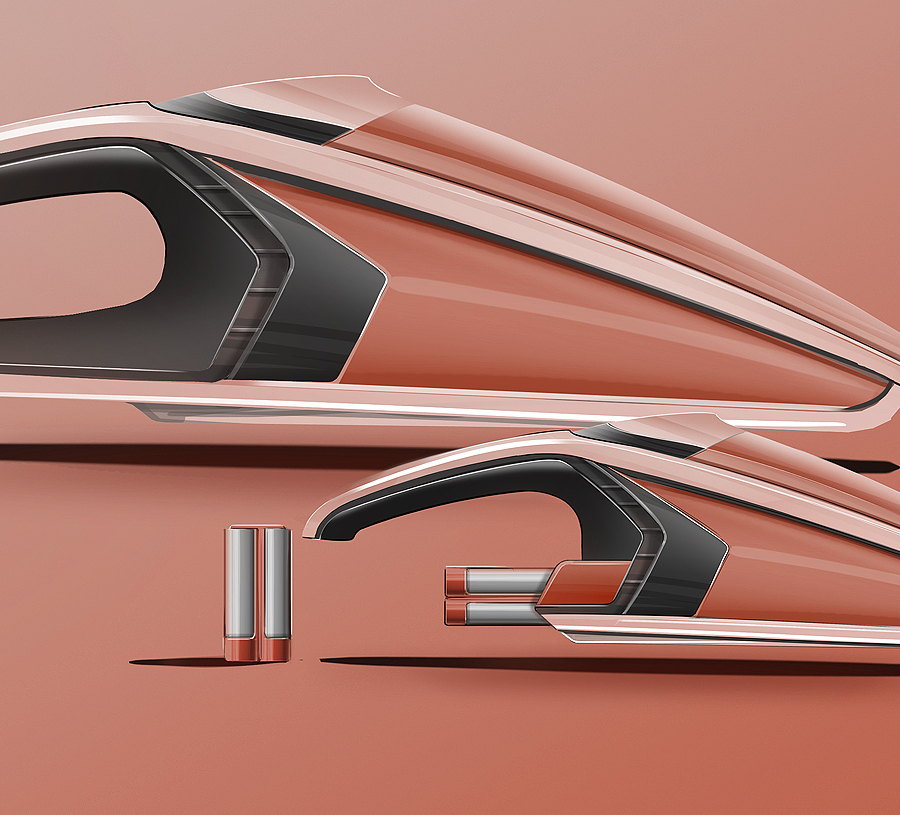

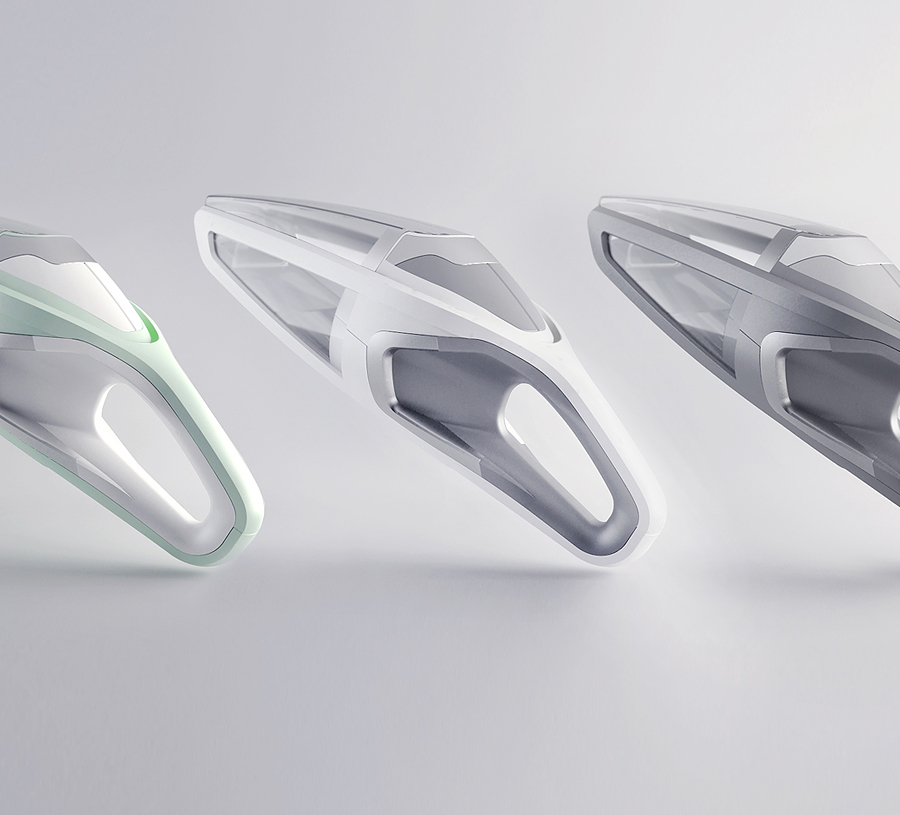
One of the most import goals within this development process was to reduce unnecessary functions. The original Rapido did have wheels in the front for a more ergonomic use. Though, testing pointed out that these wheels were very user unfriendly. Removing these wheels provided a better product handling, but time pointed out that these wheel also provided protection of the product itself. Due the fact that this next generation Rapido concept doesn’t contain wheels in the front, concerns with regard to damaging the front end of the product did arise. During use, the product is almost vertically positioned. It can occur when cleaning, that the product will hit the ground at the front end. Therefore, FEM calculations were executed and improvements for several body parts were made.
